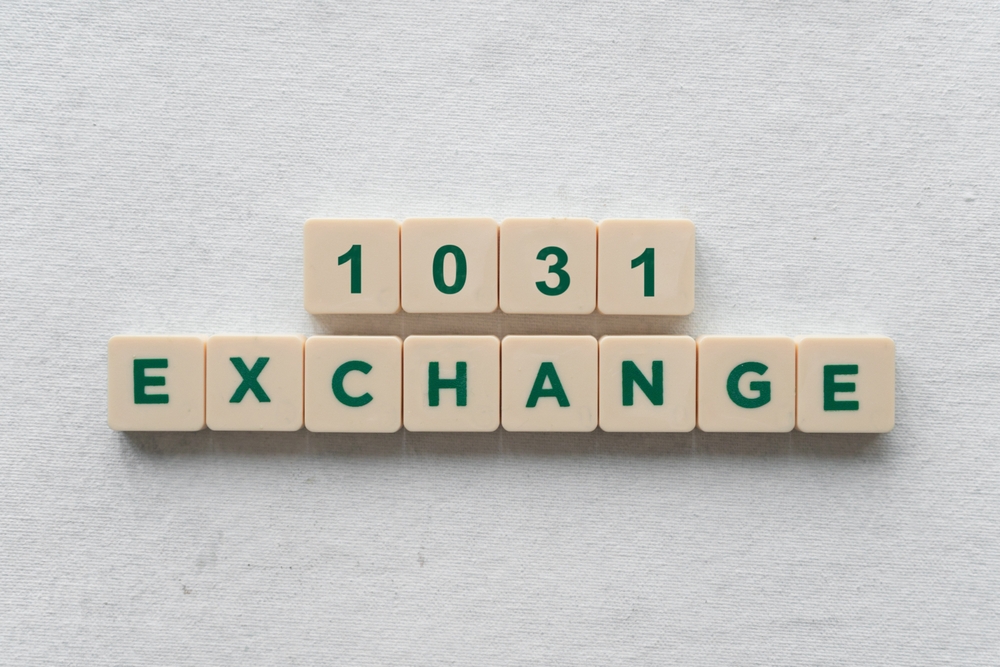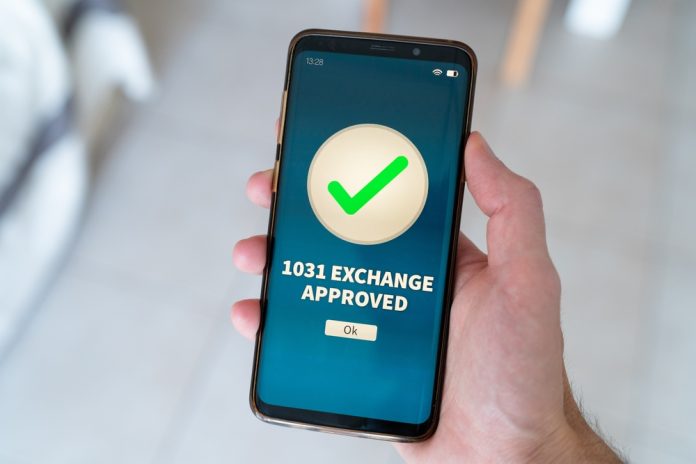Thinking about selling an investment property but dreading the capital gains taxes that come with it? You’re not alone. Many real estate investors want to keep their profits working for them rather than sending a big check to the IRS. That’s where the 1031 exchange comes into play.
It might sound like a complicated tax loophole, but the 1031 exchange is a straightforward and powerful tool that regular investors use to build wealth. Understanding how it works—and how to use it correctly—can make a big difference in your long-term investment strategy.
What Is a 1031 Exchange?
A 1031 exchange is a provision in the U.S. tax code that allows real estate investors to defer paying capital gains taxes when they sell one investment property and purchase another “like-kind” property. It gets its name from Section 1031 of the Internal Revenue Code.
The term “like-kind” might sound rigid, but it’s actually quite flexible. You can sell a rental house and buy a commercial office building, or sell a multi-family property and buy vacant land—as long as both properties are held for investment or business use.
The real power of a 1031 exchange is that it allows your equity to keep growing without the immediate tax hit. Instead of losing a portion of your gains to taxes, you get to reinvest the full amount into your next property.
That means more buying power, faster portfolio growth, and better potential returns over time. It’s a simple concept with serious long-term benefits.
How Do 1031 Exchanges Work?
Executing a 1031 exchange requires following specific rules and tight deadlines. First, once you sell your original property, you have 45 calendar days to identify potential replacement properties. Then, you have 180 calendar days to complete the purchase of one of those properties.
There’s another key rule—you can’t receive or hold the sale proceeds in between transactions. That’s why nearly all investors work with a Qualified Intermediary (QI). This third-party company holds the money and facilitates the exchange to ensure compliance with IRS regulations.
If you miss a deadline or fail to follow the rules, the IRS will treat your transaction as a regular sale. That means you’ll owe capital gains tax immediately, and your opportunity to defer will be lost.
Because of these time-sensitive and strict requirements, most investors partner with professionals like CPAs, attorneys, and QIs to handle the process correctly. Mistakes are costly—but with the right team, a 1031 exchange is very doable.
Who Uses a 1031 Exchange?

1031 exchanges are not just for wealthy investors or real estate moguls. Everyday investors use them to grow their portfolios and improve cash flow. Some common reasons for using a 1031 exchange include upgrading to higher-performing properties, diversifying across markets or asset classes, or consolidating multiple properties into one.
You can even do the reverse—split a large property into multiple smaller ones. Investors also use the 1031 exchange to reset depreciation schedules, which can help increase future tax deductions.
One of the biggest benefits is that you’re not limited to a single exchange. You can repeat the process over and over, rolling your gains forward for decades. It’s a long-term strategy that allows you to continually scale without triggering taxes each time you sell.
Used correctly, a 1031 exchange is more than just a tax deferral tool. It’s a powerful investment strategy for those who want to build wealth through real estate.
Pros and Cons of a 1031 Exchange
The advantages of using a 1031 exchange are clear. You get to defer capital gains taxes, which gives you more capital to reinvest. That extra money can help you grow your portfolio more quickly and take advantage of better investment opportunities.
It also gives you the flexibility to reposition your portfolio—move from one market to another, switch asset types, or consolidate your holdings. All without having to take a tax hit.
However, there are trade-offs. The biggest one? You’re not avoiding taxes forever—you’re just delaying them. At some point, when you sell a property without reinvesting, the IRS will want its share.
Additionally, the process is strictly regulated. The tight timelines and required use of a Qualified Intermediary mean you can’t afford to wing it. And if your situation changes or you can’t find a suitable replacement property in time, your flexibility is limited.
When a 1031 Exchange Might Not Be Right for You

A 1031 exchange isn’t the best choice for every investor. If your goal is to cash out and enjoy the proceeds, this strategy won’t help—you’ll still owe taxes when you take the money out of the market.
It also doesn’t apply to personal-use properties. So, if you’re selling your primary residence or a vacation home that isn’t held for investment, a 1031 exchange won’t apply.
Timing is another factor. If your timeline for reinvesting doesn’t line up with the 45-day and 180-day rules, you may want to consider other options.
This is not a casual DIY strategy. Consulting a tax professional or real estate advisor who specializes in 1031 exchanges is essential. They’ll help you avoid costly mistakes and ensure that your exchange is structured properly.
Final Thoughts
A 1031 exchange is one of the most effective tools for growing long-term wealth through real estate investing. It allows you to keep your money working, avoid an immediate tax hit, and strategically shape your portfolio over time.
But it’s not a set-it-and-forget-it strategy. You need to know the rules, meet the deadlines, and work with trusted professionals to get it right. If you’re selling investment property, a 1031 exchange is absolutely worth considering.
Frequently Asked Questions

What is the main benefit of a 1031 exchange?
The primary benefit is deferring capital gains taxes, which allows you to reinvest more money into your next property and grow your real estate portfolio more efficiently.
Can I do a 1031 exchange with my primary residence?
No, a 1031 exchange only applies to properties held for investment or business use. Personal residences do not qualify.
How many times can I do a 1031 exchange?
There’s no limit. You can complete multiple 1031 exchanges over time, continuing to defer taxes as long as you follow the rules.
What happens if I miss a 1031 exchange deadline?
If you miss either the 45-day identification deadline or the 180-day closing deadline, your transaction will be treated as a taxable sale. You’ll owe capital gains tax on any profits.
Do I need to use a Qualified Intermediary?
Yes. A Qualified Intermediary is required to hold the proceeds from the sale and facilitate the exchange to ensure IRS compliance.
Can I exchange into a property of lesser value?
You can, but the difference in value—called “boot”—may be taxable. To defer all taxes, your replacement property must be of equal or greater value.
Does a 1031 exchange eliminate taxes?
No. It defers them. You’ll eventually pay taxes unless you continue to reinvest or use other strategies, like a stepped-up basis for heirs after death.

